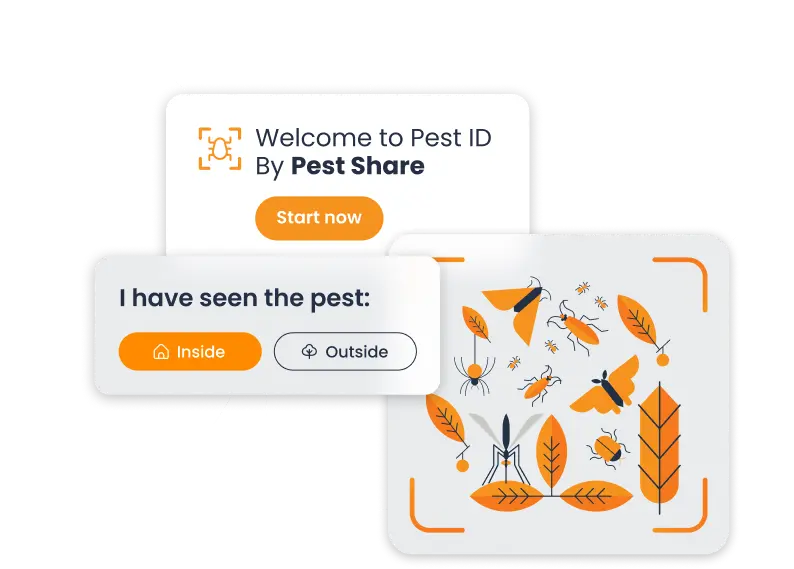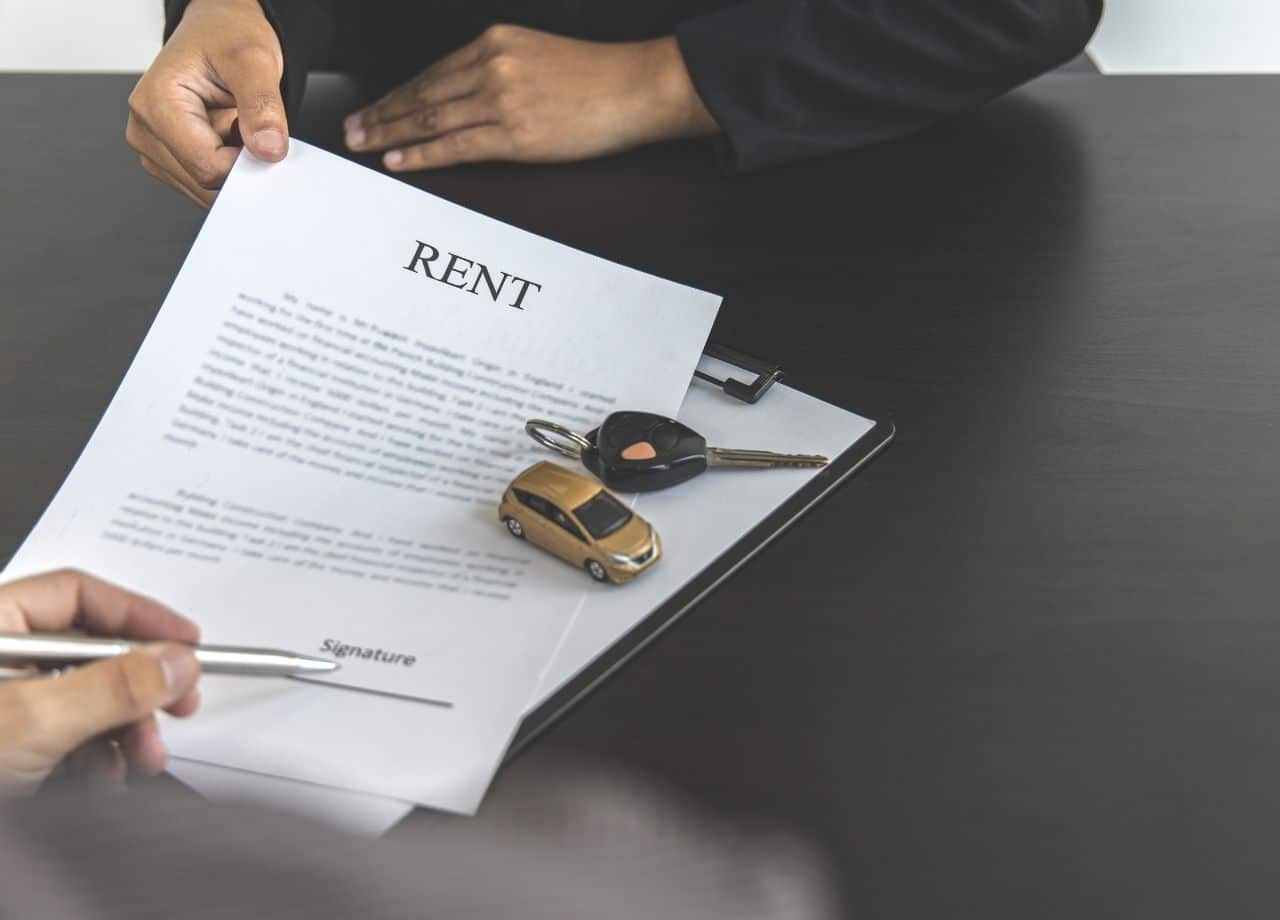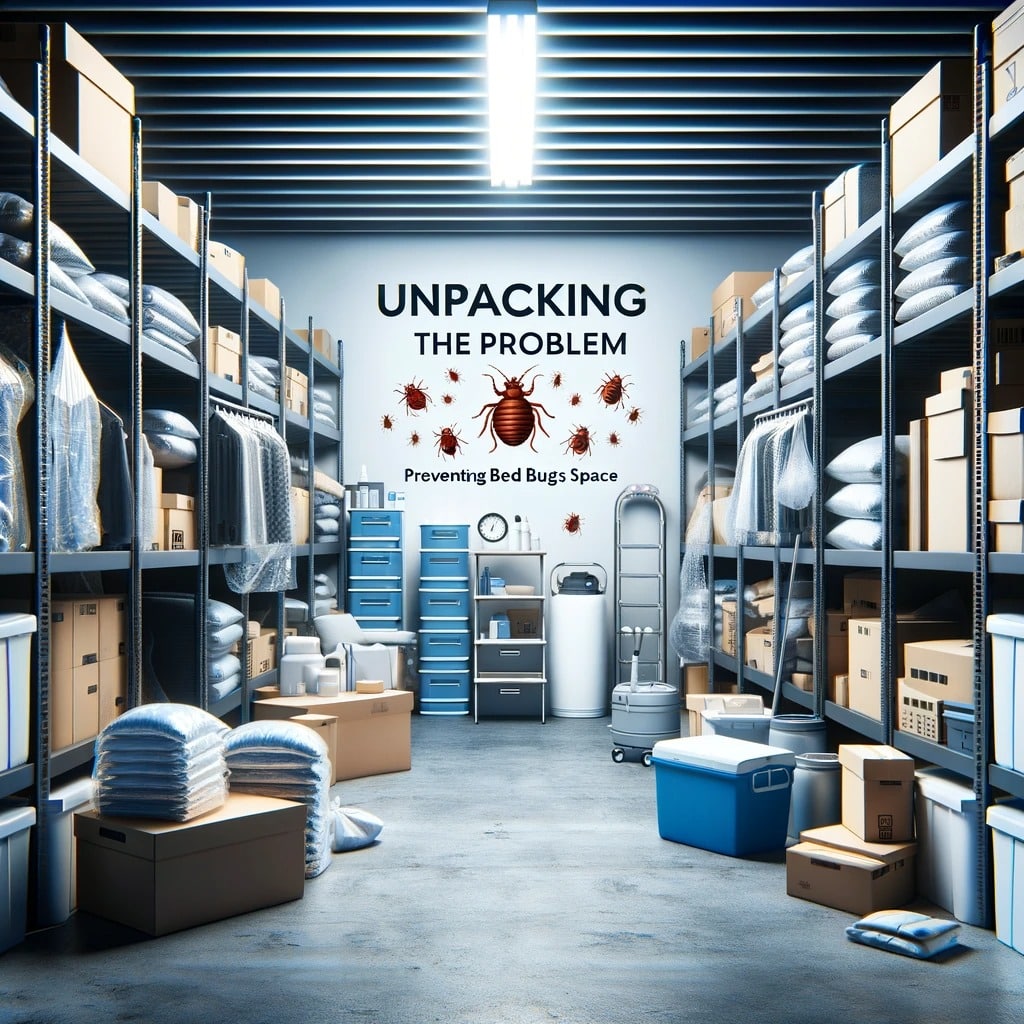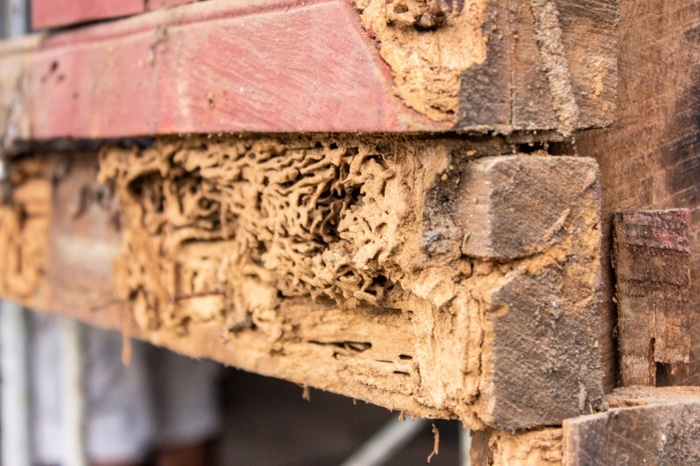If you’ve ever had to track down lease terms, rent amounts, or missed payments in the middle of a busy week, you’ve probably wished all the info you needed was in one place. That’s exactly what a rent roll does for you. It’s one of those tools that quietly keeps things running behind the scenes. You don’t think about it until you don’t have it, and then you realize just how much time and stress it could save you.
Let’s break it down in real terms—not the old textbook version, but how it actually works when you’re juggling multiple residents, maintenance requests, vendor calls, and still trying to keep the property running smoothly.

Fast Fixes. Happy Residents.
What a Rent Roll Actually Is (and What It Isn’t)
A rent roll is a document, usually digital these days, that gives you a clear and detailed view of who’s renting what, how much they’re paying, how long they’re staying, and whether they’re current on payments. It might sound basic, but when you have more than a few units under management, a rent roll becomes a living tool you can’t manage without.
You’re not just looking at numbers—you’re seeing patterns. You’re spotting lease expirations before they sneak up on you. You’re catching late payments early. You’re checking rent totals and projecting income, and yes, sometimes you’re using it to answer questions from the owner five minutes before your next walkthrough. What it’s not is just a list. It’s not some outdated spreadsheet you look at once a quarter. If that’s how you’re using it, you’re leaving money and time on the table.
How Rent Rolls Fit Into Your Day-to-Day
Ask any property manager what takes up the most time, and they’ll say it’s chasing down details—dates, payments, renewals. Rent rolls centralize all that. When a resident calls about their lease renewal, it’s there. When your maintenance crew wants to know which units will be vacant next month for deep cleaning, you’ve got that too. It saves time because it gives you quick answers, but more than that, it lets you plan ahead.
Let’s say you manage a 20-unit building. Without a rent roll, every time the owner asks you how many leases are up in June or what the projected rent income is for Q3, you’re scrambling. With a rent roll, that answer takes seconds. And that kind of speed and accuracy builds trust. It’s how you go from being the person who just manages buildings to being the person the owners rely on to run things smoothly.
Building a Rent Roll That Works for You
The best rent rolls are customized to how you work. You’re not creating a form for a textbook—you’re building a real-world tool. You’ll want the basics, like unit numbers, resident names, lease start and end dates, and rent amounts. But you should also include details like security deposit amounts, payment history, and any additional monthly fees like pet rent or parking.
You don’t need expensive software to get started. A well-organized spreadsheet can do the job if you’re just beginning or managing a smaller portfolio. But once you grow, property management software will help you automate and update that info without the risk of things falling through the cracks.
Here’s the key though: you’ve got to keep it updated. A rent roll that hasn’t been touched in two months might as well not exist. Every new lease, every move-out, every late fee—it should all be logged in as it happens. The more current your rent roll is, the more useful it becomes.
Rent Rolls Reveal What’s Working—and What’s Not
One of the most overlooked advantages of using a rent roll is how much it tells you without saying a word. If you see that five leases are expiring within the same week next month, you know it’s time to get ahead on renewal notices or advertising. If you notice one unit has had three different residents in the past year, maybe it’s time to take a closer look at what’s going on with that space.
Your rent roll also helps you spot underperforming units. Maybe everyone else is paying $1,500 but two residents are still on an old $1,300 lease. That’s a red flag for missed income, and the rent roll helps you catch it early. It can also help you catch issues like delayed payments or repeated late fees, which might suggest a bigger conversation is needed with a resident—or at least some extra reminders.
It’s not about micromanaging—it’s about understanding. Rent rolls don’t just hold numbers. They hold trends. They show you what your property is doing well and where there’s room to tighten things up.
Why Rent Rolls Matter When Money’s Involved
Whether you’re refinancing, reporting to ownership, or prepping a property for sale, rent rolls are one of the first documents requested. They provide instant proof of income, which is critical when someone’s trying to assess the value of the building. Lenders, investors, even new management teams—everyone looks at the rent roll first because it tells them what they need to know: is the building stable, profitable, and well-managed?
If you’ve ever gone through due diligence or financing without a solid rent roll, you know how much of a mess it can be. Endless email threads, missing lease agreements, last-minute data gathering—it’s a headache. A current, detailed rent roll can cut that stress in half. It shows you’re organized, proactive, and in control of the property’s operations.
Syncing Rent Rolls with Services Like Pest Control
Here’s something that doesn’t get talked about enough—how a good rent roll can help you manage services outside of just rent. Let’s talk about pest control for a second. If you’re using Pest Share, for example, and you’ve got scheduled treatments or resident-submitted pest concerns, your rent roll can actually help you time and coordinate those services better.
When you know which units are vacant, which are newly moved-in, or which have had repeated issues, you can plan treatments in a way that minimizes disruption and maximizes efficiency. This isn’t just about convenience—it’s about showing your residents you’re on top of things. Pest issues are one of the quickest ways to lose trust with residents, and nothing erodes a reputation faster than appearing disorganized in how you respond.
When your rent roll is up-to-date and shared with your maintenance or pest control partners, it’s easier to schedule services, keep costs in check, and stay ahead of complaints. That’s the kind of smooth operation that gets noticed.
Don’t Overthink It—Just Start Using One
You don’t need to have everything perfect on day one. You just need to start. Even a basic rent roll that you commit to updating regularly will pay off in no time. The more you use it, the more you’ll see how valuable it becomes. You’ll start relying on it not because you’re supposed to, but because it genuinely makes your day easier.
When you know exactly who lives where, how much they owe, and what their lease situation looks like, you’re not guessing anymore. You’re managing with clarity. And that clarity translates to better decisions, smoother operations, and happier residents.
Whether you’re managing five units or fifty, make the rent roll part of your everyday toolkit. Keep it clean, keep it current, and use it like the asset it is. It’s not just a list—it’s your go-to playbook for running a property the right way.






